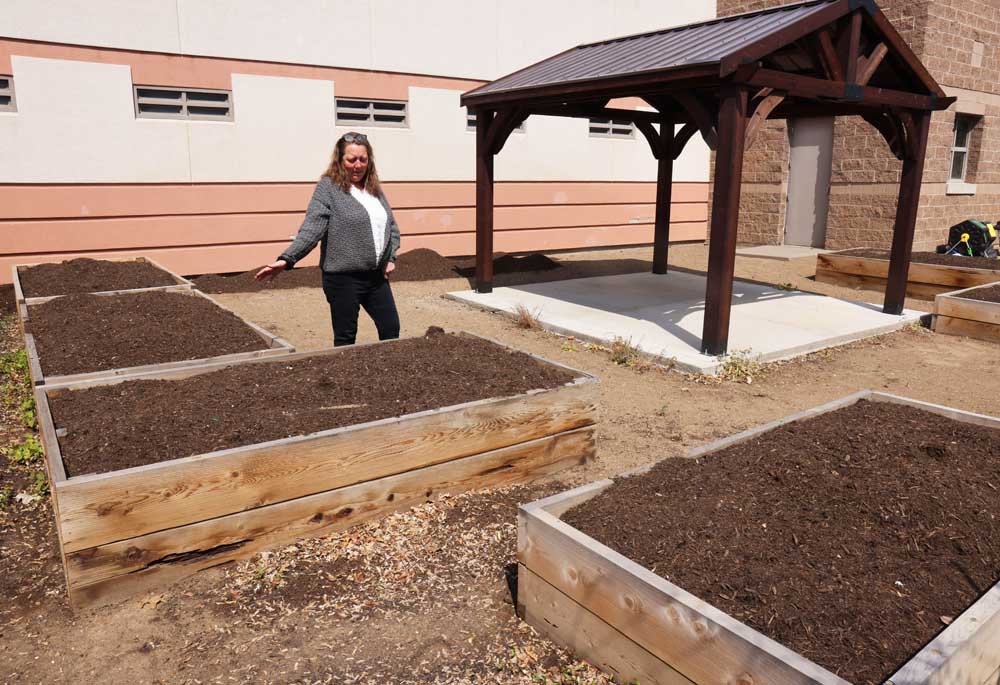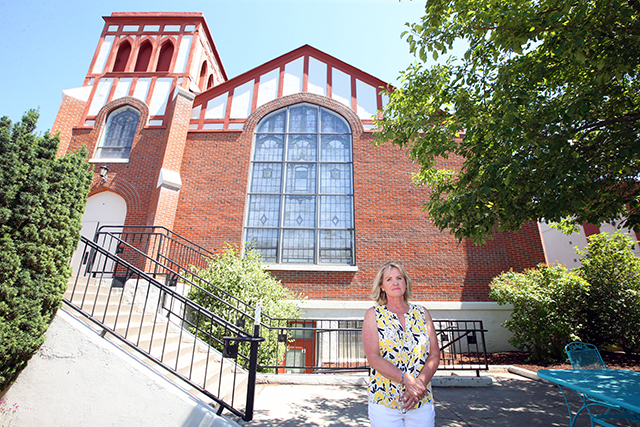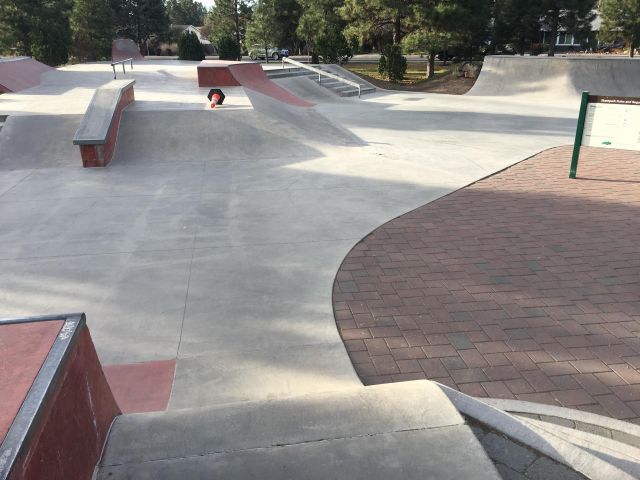Deschutes Peace Garden to give youth detainees time in the sunshine
Published 8:30 am Thursday, April 25, 2024

- Nancy Gilbertson, who teaches students at Deschutes County Juvenile Community Justice facility, shows raised beds in the outdoor garden Wednesday at the facility in Bend. She led a two-year effort to create the Deschutes Peace Garden, which allows youth committed to the juvenile detention facility to grow their own food.
Youth committed to the juvenile detention facility in Bend not only have the opportunity for an education, but now have the ability to grow their own food and work in the sunshine through the newly created outdoor garden.
Nancy Gilbertson, who teaches students at the Deschutes County Juvenile Community Justice facility, wanted the youth to have space to work outside while learning. She led a two-year effort to create the Deschutes Peace Garden.
Trending
“After being here for a while, I figured out that having a garden would be a really great way for them to access different types of curriculum: math, language arts, science, social emotional learning, vocational skills and abilities,” she said. “It seems like to me a garden is a really great way to incorporate all of that.”
Watermelon, peas and flowers
Materials for the garden infrastructure and curriculum were paid for with grants from the Central Oregon Environmental Center, Fair Life, the Rotary of Greater Bend and others. The county also provided donations.
Deschutes County juvenile detention facility faces staffing woes
Trending
The garden is comprised of several raised beds where different kinds of greens, peas, corn, watermelon and radishes will grow. There might be some raspberries or strawberries as well, Gilbertson said. The center of the garden is an open space with a wooden awning for picnic tables so classes can be held outside. Funding has been secured for the entire project, and the irrigation will be added as soon as all the paperwork for it is finished.
Previously, the garden space was a blank slate, as Gilbertson put it, though the gravel space was fenced in. Taller fencing and wiring were added to ensure youth couldn’t leave easily.
Youth are currently working in an indoor classroom garden with those plants, which will be planted outside once irrigation is installed. Sensitive plants cannot be planted until June, and Gilbertson will have seasonal covers on hand. Overall, she plans to have several raised beds of flowers as well as food, which will bring in insects to help the garden thrive. In the indoor garden, students have already helped with transplanting plants once they get large enough.
“The students do all the planting, and they engage in all the garden activities in the classroom and they’ll engage out here as well,” she said. “I see it as multifaceted: that they’ll be able to learn to grow, enjoy the process of growing the food, and that brings a lot of different rewards.”
Learning transferable skills
Gilbertson is teaching students skills about food security, how to grow food and how to work in the garden. The food grown will supplement their meals.
Gilbertson hopes the skills she teaches will be transferable to the agricultural industry or another job, and that students gain inspiration from the garden. In addition to skills in math and science, she wants the garden to provide a sense of calm and confidence for youth.
As the juvenile detention teacher, Gilbertson teaches several topics, as students come from a variety of backgrounds. Students range from age 12 to 17.
Gilbertson plans to have a section for native plants, and is working with a group from Warm Springs to add a social studies component through plants they use for feasts and ceremonial purposes.
“Everybody sees the benefit of the garden for the youth, and it does make a huge impact on them. I can see it daily,” Gilbertson said. “A big part of it is having access to the outside.”








